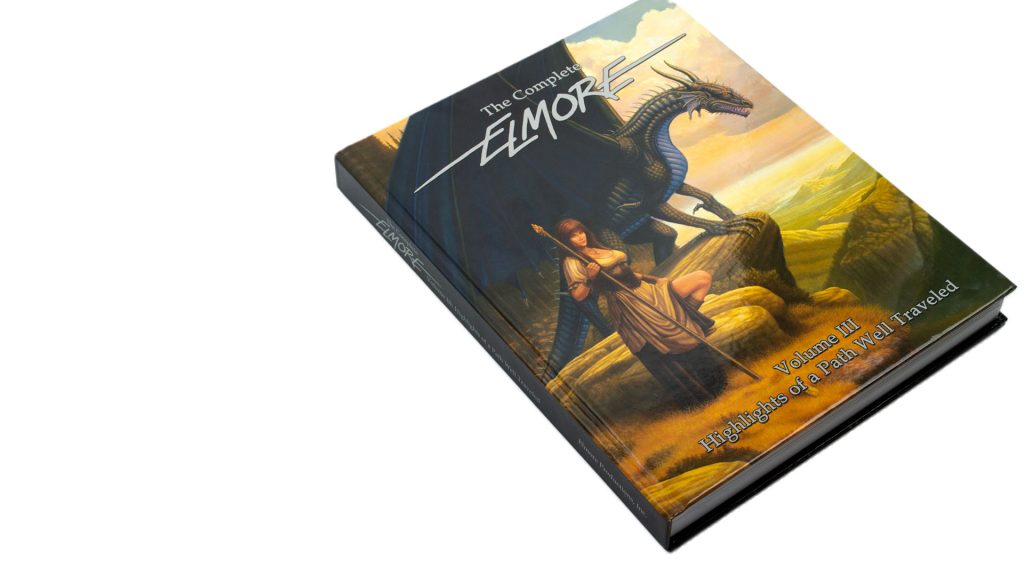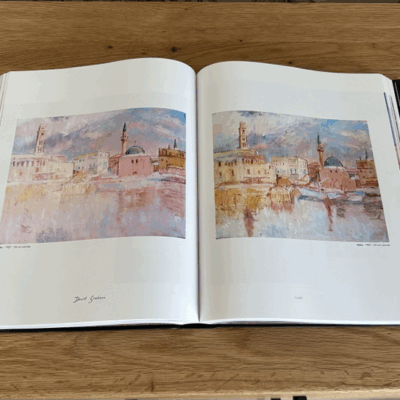How Paper Texture Matters in Your art book Printing
Discover the Important Guide to Art Book Printing for Aspiring Artists and Publishers
As an ambitious musician or publisher, understanding the subtleties of art book printing is important to bringing your vision to life. What are the essential components you should concentrate on to produce a stunning art book that really represents your work?
Comprehending Different Sorts Of Art Books
When you dive into the world of art books, you'll promptly discover that they come in various types, each tailored to various artistic expressions and target markets. Coffee table books typically display sensational visuals, ideal for informal browsing, while monographs dive deep right into a private musician's work, supplying context and understandings. If you have an interest in particular art movements, exhibition magazines provide in-depth paperwork of shows, including essays and critiques.
For instructional purposes, art handbooks and technique books assist you with different tools and designs, making them necessary for aiming musicians. Each style offers its function, and knowing their distinctions can boost your art book trip.
Picking the Right Paper and Materials
Choosing the best paper and products can greatly impact the general top quality and feel of your art book. For vibrant shades and intricate information, opt for a glossy finish or a heavyweight matte paper that improves aesthetic deepness.
Think of the weight of the paper, as well. Thicker options usually provide a more expert look, while lighter documents can reduce printing prices. Do not ignore the binding products; a sturdy cover can safeguard your web pages and add to guide's aesthetic.
Ultimately, take into consideration sustainability. Environment-friendly choices are obtaining popularity and can show your values as a musician. By carefully selecting your paper and materials, you'll guarantee that your art book not only looks excellent but additionally feels unique in the hands of your visitors.

Selecting the most effective Printing Methods
When it involves printing your art book, picking in between countered and electronic printing can greatly affect your end product. You'll likewise want to take into consideration exactly how paper top quality impacts the general feel and look of your art work. Allow's check out these vital printing strategies to find the most effective suitable for your job.
Countered vs. Digital Printing
While both offset and electronic printing have their advantages, choosing the best technique for your art book can greatly affect the final item. Balanced out printing offers premium pictures and vibrant colors, making it suitable for larger print runs. Inevitably, your choice should straighten with your artistic vision and circulation approach, making certain that your art book reflects the quality you desire.
Paper Quality Considerations
Choosing the ideal paper quality can significantly improve the visual charm and tactile experience of your art book. For prints, a glossy coating can make images pop, while a matte finish supplies a softer, more refined appearance.
Next, think regarding the sustainability of your selection. Environment-friendly alternatives are becoming progressively prominent and can interest environmentally-conscious readers. Lastly, demand examples to see exactly how various papers work with your artwork, making certain the final product mirrors your vision completely.
Ensuring Shade Precision in Your Prints
To attain stunning prints, you require to focus on color precision from the beginning. You'll intend to make use of color calibration methods to validate your display and printer are in sync. Additionally, proofing your job prior to the final print run can help catch any disparities, ensuring your art looks just as you imagined.
Shade Calibration Techniques
Guaranteeing shade accuracy in your prints begins with efficient color calibration strategies that assist preserve consistency between your digital photos and final published items. Next off, choose a color account fit for your printing process, like CMYK for print products. By continually using these methods, you'll boost the total top quality of your art prints and far better convey your creative vision.
Proofing for Accuracy
While you might assume click here your digital pictures are prepared for print, proofing is important for achieving color accuracy. Before dedicating to a full print run, always ask for an evidence from your printer.
If modifications are required, interact plainly with your printer about your wanted results. Do not hesitate to request multiple evidence if necessary; it deserves the investment to get it right. Eventually, thorough proofing guarantees that your artwork is stood for as you pictured it, preserving your artistic honesty throughout the printing process.

Creating Layouts That Enhance Your Art Work
When you make layouts for your art book, it's necessary to consider how each element interacts with your art work. Purpose for a balance between visuals and message, ensuring neither outweighes the other. Usage white area strategically; it offers your art work area to breathe and accentuates its information.
Take into consideration the flow of your book. Arrange images in a method that guides the viewers's eye, developing a story or thematic development. art book. Vary the dimensions and positionings of your artwork to maintain the design dynamic and fascinating
Select typefaces that complement your art work without sidetracking from it. Keep text concise and relevant, supplying context or insight that improves the customer's experience.
Lastly, test various formats. Print samples to see just how the designs equate theoretically, and readjust as required. By attentively creating your designs, you'll produce a visually interesting art book that reverberates with your audience.
Binding Alternatives for a Specialist Finish
Picking the right binding option can significantly impact the general presentation of your art book. You'll wish to think about both aesthetics and sturdiness when making your option. Popular choices consist of excellent binding, which uses a smooth appearance and is ideal for thicker books; saddle stitching, suitable for smaller sized booklets; and spiral binding, which allows web pages to lay level for simple viewing.
If you're going for a costs feeling, case binding is an exceptional choice, providing a durable cover and a specialist appearance (art book). Do not ignore the cover material; options like cloth, natural leather, or a glossy coating can elevate your book's appeal
Whatever alternative you pick, ensure it enhances your artwork and enhances the visitor's experience. Take your time to evaluate the pros and disadvantages of each approach, so your end product shows the quality of your imaginative vision.
Preparing Your Declare Publish Preparedness
To guarantee your art book is print-ready, you'll need to pay close focus to file prep work. Beginning by establishing your file dimension to match your desired print dimensions.
Additionally, embed your font styles or transform text to details to avoid any type of font problems. Conserve your more info operate in a PDF format, as this is the most accepted data kind for printers. Ascertain your apply for any kind of typos or layout errors, as changes can be costly after the reality. Finally, think about developing an evidence to examine before the final print run. Complying with these actions will aid you accomplish a sleek, specialist art book.
Frequently Asked Concerns
What Is the Average Cost of Publishing an Art Book?
The average expense of get more info printing an art book differs, but you can anticipate to pay anywhere from $5 to $20 per copy, depending upon variables like dimension, paper quality, and printing quantity.
Exactly How Can I Discover a Reliable Printing Business?
To discover a trustworthy printing company, start by looking into on-line testimonials and asking fellow artists for suggestions. Compare quotes, examine profiles, and connect your needs clearly to ensure they recognize your vision and top quality assumptions.
What Is the Normal Turn-around Time for Printing?
The common turnaround time for printing differs however typically varies from one to 4 weeks. Factors like task complexity and quantity can impact this. Always confirm with your chosen printer for certain timelines and expectations.
Can I Print My Art Book in Limited Quantities?
Yes, you can most definitely publish your art book in minimal amounts. Many printing firms supply short-run choices, allowing you to create simply the number you need, making it much easier to handle prices and stock.
What Lawful Considerations Should I Know for My Art Book?
You must consider copyright, licensing agreements, and version launches when producing your art book. Ensure you can utilize all images and message, protecting yourself from prospective legal concerns in the future.